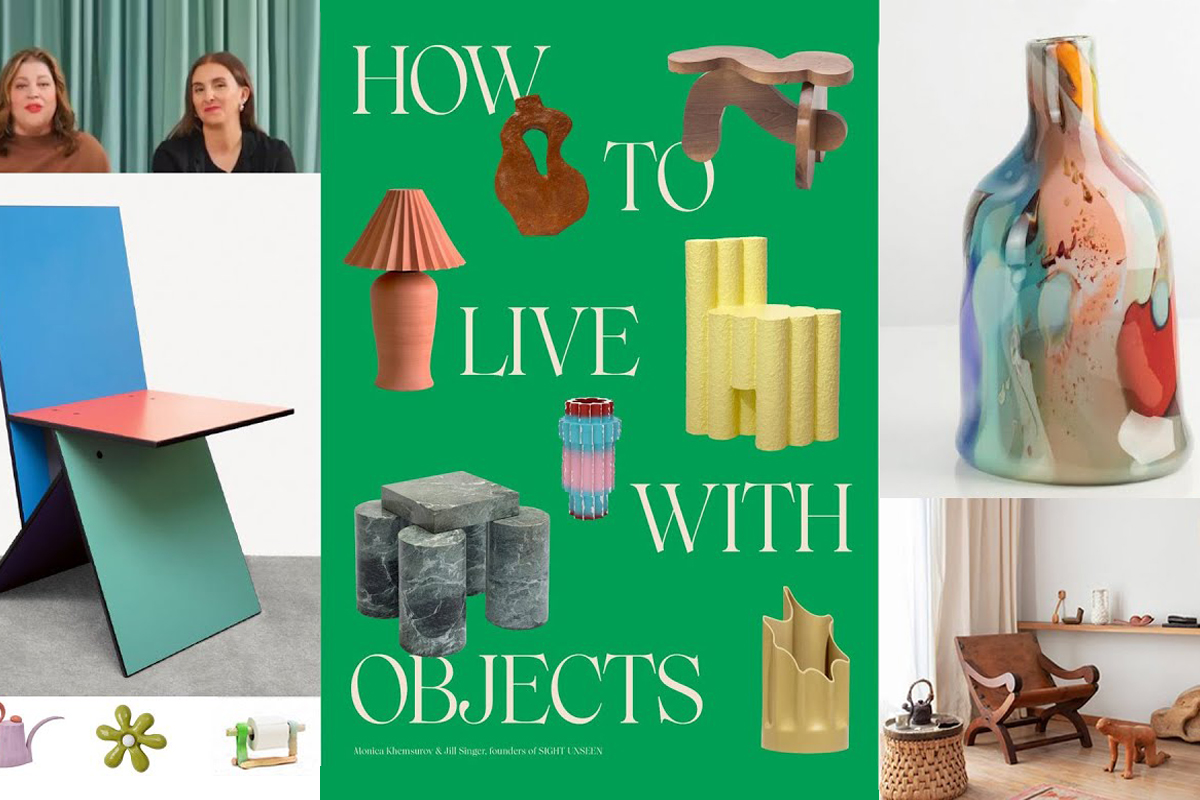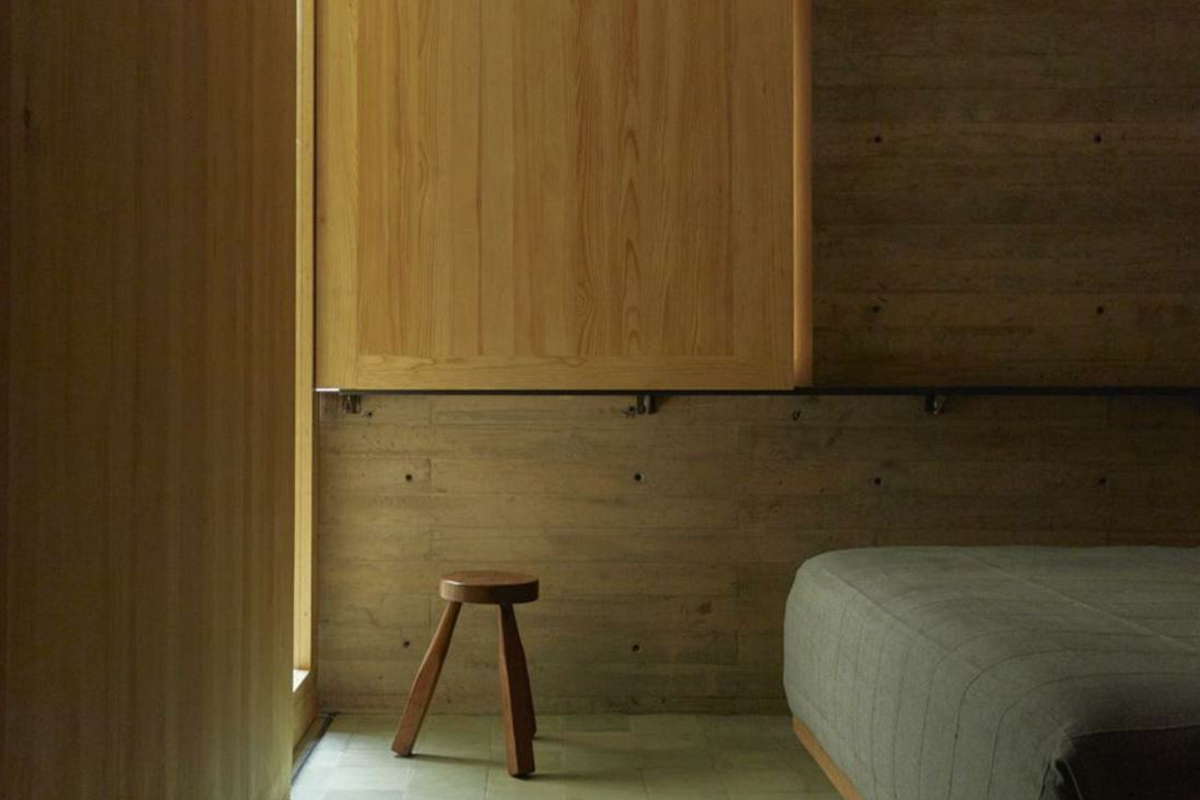Let’s say it right away: this isn’t yet another coffee table book that looks good without saying anything new. Monica Khemsurov and Jill Singer have written something different, something we at RAREMOOD could easily have written ourselves, and frankly it was about time. The alignment of thinking between us and them is astonishing. In an editorial landscape saturated with guides telling you where to put the sofa and what color to choose for the walls, “How to Live with Objects” has the courage to ask a deeper question: do you really need someone else to tell you how to live?
The book works because it starts from a revolutionary premise: that you, the reader, are not an idiot. That you’re capable of understanding whether you like an object or not without architecture magazines confirming it for you. The authors, backed by their decade of experience with Sight Unseen – one of the few design publications that actually discovers talent instead of repeating the usual formulas – demolish with elegant ferocity the myth of “perfect” interior design.
What makes this book unique? Its programmatic uselessness. While every other manual promises to transform you into a designer, Khemsurov and Singer free you from the anxiety of having to become one. Their categorization system – vintage, contemporary, handmade, sentimental – isn’t a magic formula but a framework for understanding why that salvaged chair works better than the expensive design piece that “should” go there.
The home tours included are the real litmus test. Not the usual magazine apartments where everything is coordinated to the millimeter, but real homes of real people. Kim Mupangilaï displaying objects her father brought from Congo. Lykke Li explaining why her Gae Aulenti side table helps her write songs. Stories that transform objects into biographies, not furnishing accessories.
The practical value emerges precisely from the anti-practical approach. Instead of rigid rules, you get permissions. Permission to buy that strange ceramic at the flea market. Permission to keep grandma’s ugly vase. Permission to mix Scandinavian design with market stall kitsch without feeling guilty. It’s psychotherapy disguised as a style guide.
But beware: it’s not a book for everyone. If you’re looking for step-by-step instructions to “make a good impression,” look elsewhere. But if you want to understand why your home full of random objects feels more welcoming than those perfect ones on Instagram, then this book becomes almost necessary. Khemsurov and Singer don’t teach you to decorate: they teach you to trust your instinct.
The only serious criticism concerns the implicit target audience. Despite the inclusive rhetoric, many examples assume a certain financial availability and above all time to hunt for pieces at flea markets. The book works better for those who can afford to make a few purchasing mistakes, less so for those who need to make every object last a lifetime.
The real stroke of genius lies in the timing. Published in 2022, just as we were emerging from the pandemic “less is more” era, the book perfectly rides the wave of the return to conscious maximalism. Not the ostentatious maximalism of the ’80s, but the selective kind of those who accumulate stories, not status symbols. “Stories”: exactly what we at RAREMOOD obsessively seek in every object.
Compared to the editorial competition, the difference is clear. Where Marie Kondo preaches detachment, they celebrate emotional attachment. Where organization gurus promise control, they embrace curatorial chaos. Where other books sell solutions, this one sells permissions.
The final result? A book that has the courage to be anti-commercial while being a commercial product. That convinces you to buy fewer “right” things and more things you really like. That transforms design from an aesthetic discipline to an existential practice.
In summary: in a world where algorithms suggest what to buy and influencers tell you how to arrange it, “How to Live with Objects” reminds you that the most revolutionary thing you can do is trust your taste. Even if it’s terrible. Especially if it’s terrible.
Credit by: GSMT – “How to Live with Objects,” with “Sight Unseen” editors Monica Khemsurov and Jill Singer






